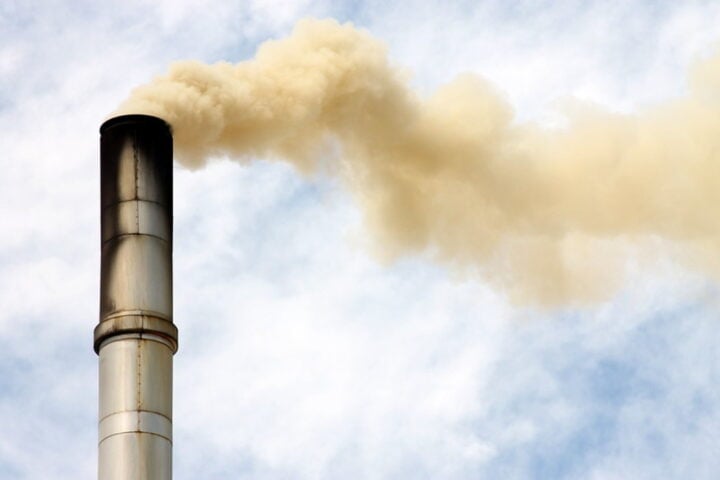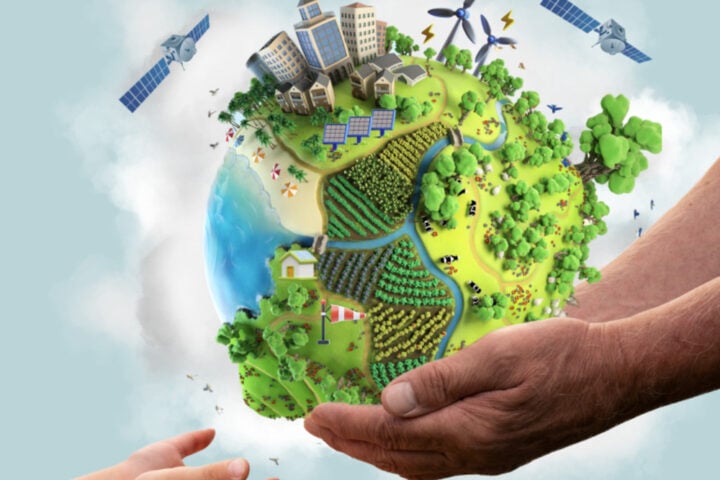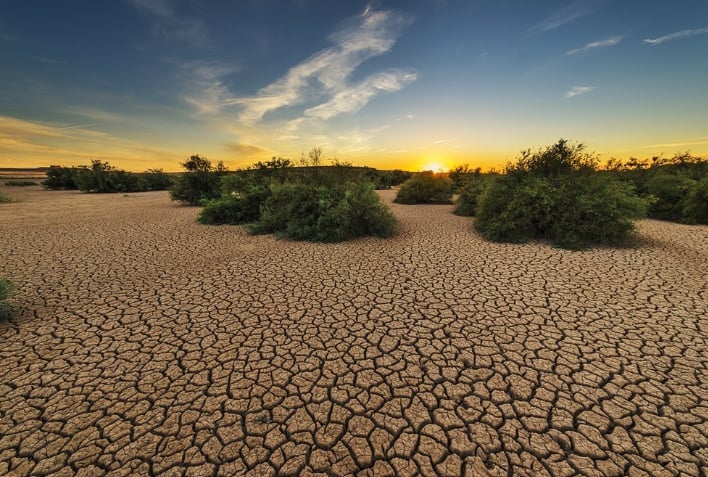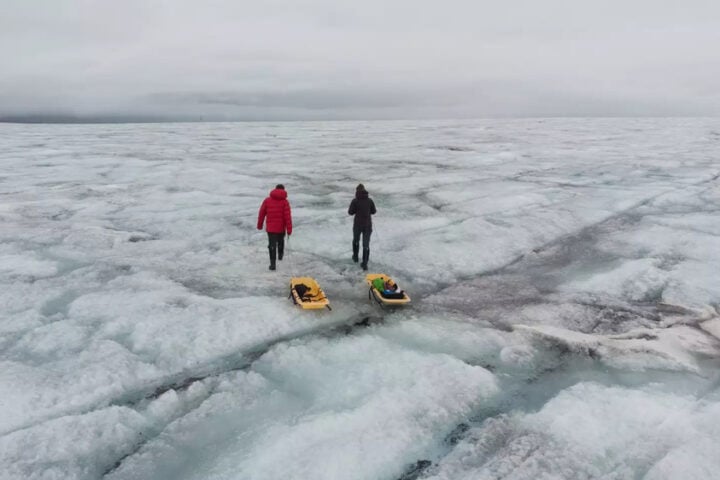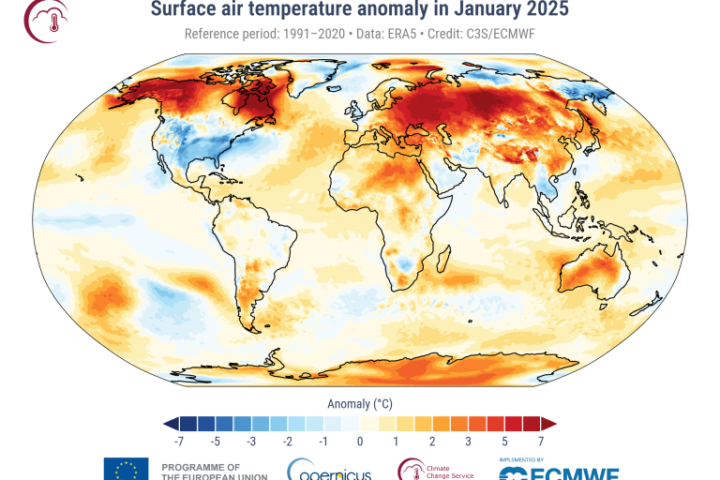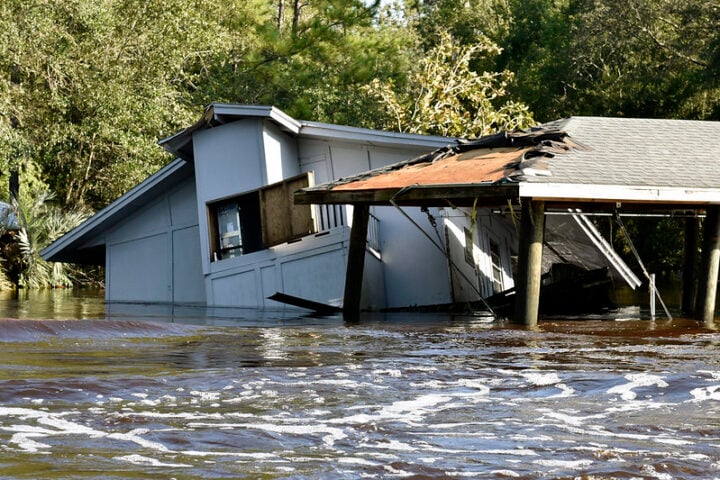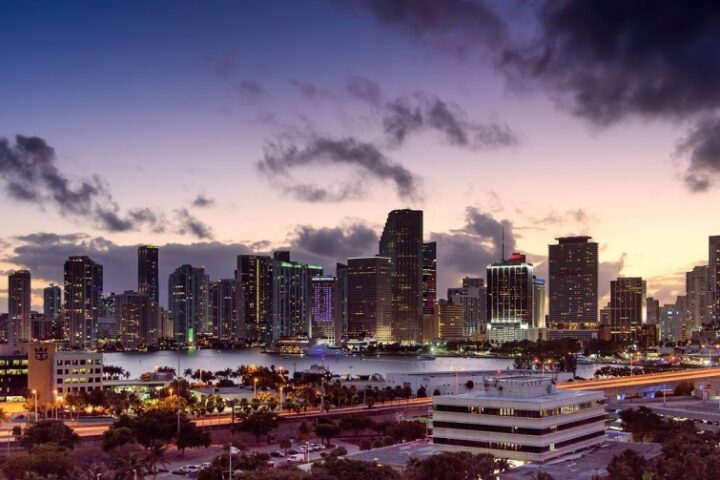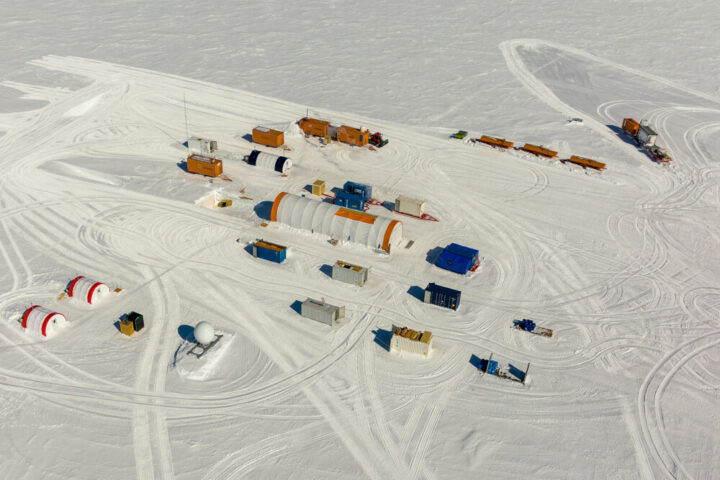A new UN report shows a stark contrast in the Asia-Pacific region: these economies powered 60% of global economic growth in 2024, yet many countries remain highly vulnerable to worsening climate impacts.
The “Economic and Social Survey of Asia and the Pacific 2025” warns that one-third of Asia-Pacific countries could lose at least 6% of their GDP annually to climate-related disasters. This translates to billions in lost funds that could otherwise support critical public services and infrastructure.
“Increasing global economic uncertainty and deepening climate risks are not making it easy for fiscal and monetary policymakers,” said Armida Salsiah Alisjahbana, UN Under-Secretary-General and Executive Secretary of ESCAP. “Navigating this evolving landscape requires not only sound national policies but also coordinated regional efforts.”
The report identifies 11 particularly vulnerable countries: Afghanistan, Cambodia, Iran, Kazakhstan, Laos, Mongolia, Myanmar, Nepal, Tajikistan, Uzbekistan, and Vietnam. Cambodia faces the highest projected annual losses at nearly 11% of GDP, while Fiji, Myanmar, and Pakistan each face losses of at least 7%.
These economic damages stem from intensifying floods, droughts, and storms; infrastructure that crumbles under extreme weather; heavy dependence on climate-sensitive sectors like farming; and rapid urban growth in high-risk areas.
Similar Posts
Beyond direct disaster costs, climate change will push inflation higher by more than 2 percentage points on average by mid-century in several regional economies, further straining household budgets.
A significant number of countries like India, China, Georgia, Indonesia, Korea, and the Philippines have stronger governance and better financial systems to absorb climate shocks. Still, ESCAP warns these countries to be prepared for upcoming challenges. Regional economic growth has already slowed to 4.8% in 2024, down from 5.2% in 2023 and the pre-pandemic average of 5.5%. Least developed countries grew at just 3.7% in 2024, well below the 7% target set in the Sustainable Development Goals.

The report gives directions to governments to focus on less climate-vulnerable economic sectors and bring their attention to green industries’ future opportunities. In 2023 alone, 10.5 million jobs were created in the renewable energy sector, showing a good signal for future growth.
For effective climate adaptation, the region needs better disaster warning systems, increased climate funding for vulnerable nations, support for workers in carbon-intensive industries transitioning to greener jobs, stronger community resilience programs, and improved climate impact data.
These findings present Asia-Pacific economies with a clear message: invest in climate resilience now or risk losing decades of hard-won development progress to mounting climate-related economic losses.
Frequently Asked Questions
The economic impact could be severe. According to the UN report, one-third of Asia-Pacific countries could face annual losses of at least 6% of their GDP due to climate-related disasters. Cambodia faces the highest risk with potential losses of nearly 11% of GDP, while Fiji, Myanmar, and Pakistan each face losses of at least 7%.
The UN report identifies 11 countries as particularly vulnerable: Afghanistan, Cambodia, Iran, Kazakhstan, Laos, Mongolia, Myanmar, Nepal, Tajikistan, Uzbekistan, and Vietnam. These nations face higher risks due to weak infrastructure, heavy dependence on climate-sensitive sectors like agriculture, and limited financial resources to cope with disasters.
Climate change is projected to increase inflation by over 2 percentage points on average by the mid-21st century in some Asia-Pacific economies. This inflation rise would result from disruptions to agricultural production, damage to infrastructure, increased transportation costs, and overall economic instability caused by climate events.
Yes, the report identifies several countries as having better preparedness: India, China, Georgia, Indonesia, Korea, and the Philippines. These nations have stronger governance structures, more robust infrastructure, and better financial systems to absorb climate shocks. However, ESCAP warns that even these better-prepared countries must remain vigilant against worsening climate impacts.
Regional economic growth has already slowed to 4.8% in 2024, down from 5.2% in 2023 and the pre-pandemic average of 5.5%. Climate change is likely a contributing factor to this slowdown. Least developed countries in the region are growing at just 3.7%, well below the 7% target set in the Sustainable Development Goals.
Yes, the report highlights opportunities in green industries. The renewable energy sector alone created 10.5 million jobs in 2023 in the Asia-Pacific region. Countries that invest in green technology, sustainable agriculture, and climate-resilient infrastructure could develop new avenues for economic growth while simultaneously addressing climate challenges.



